Scroll through to explore what makes this image interesting.


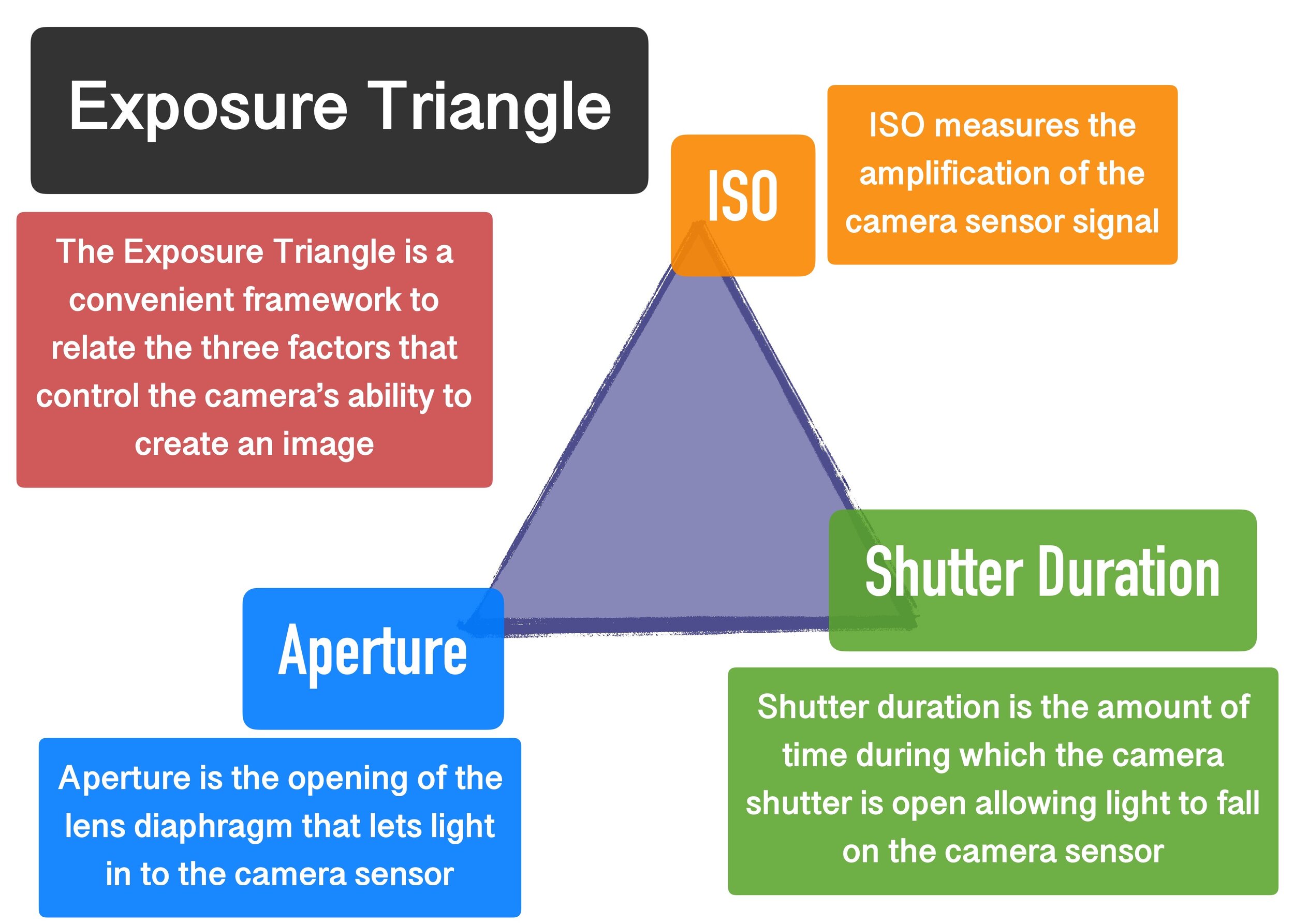
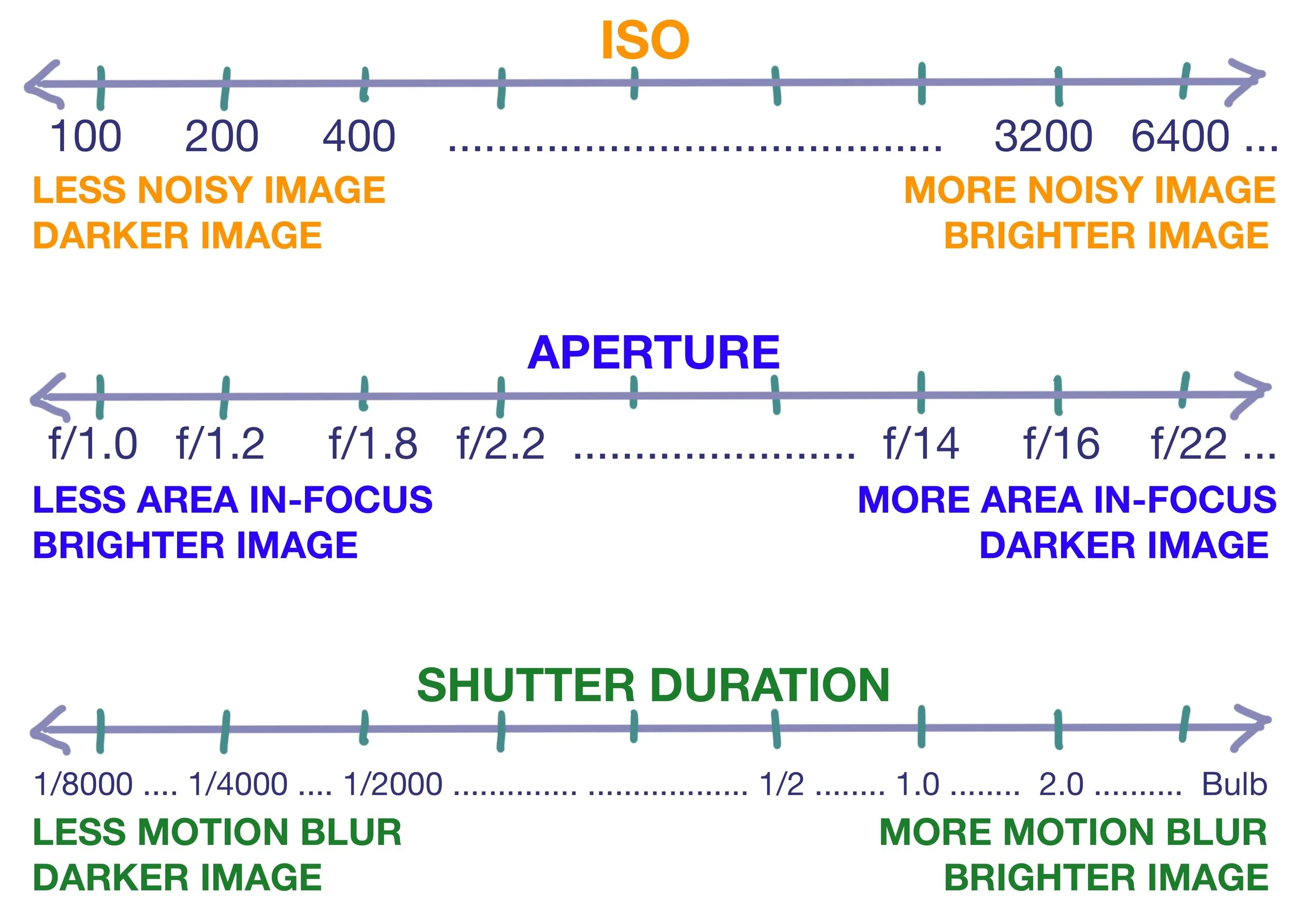
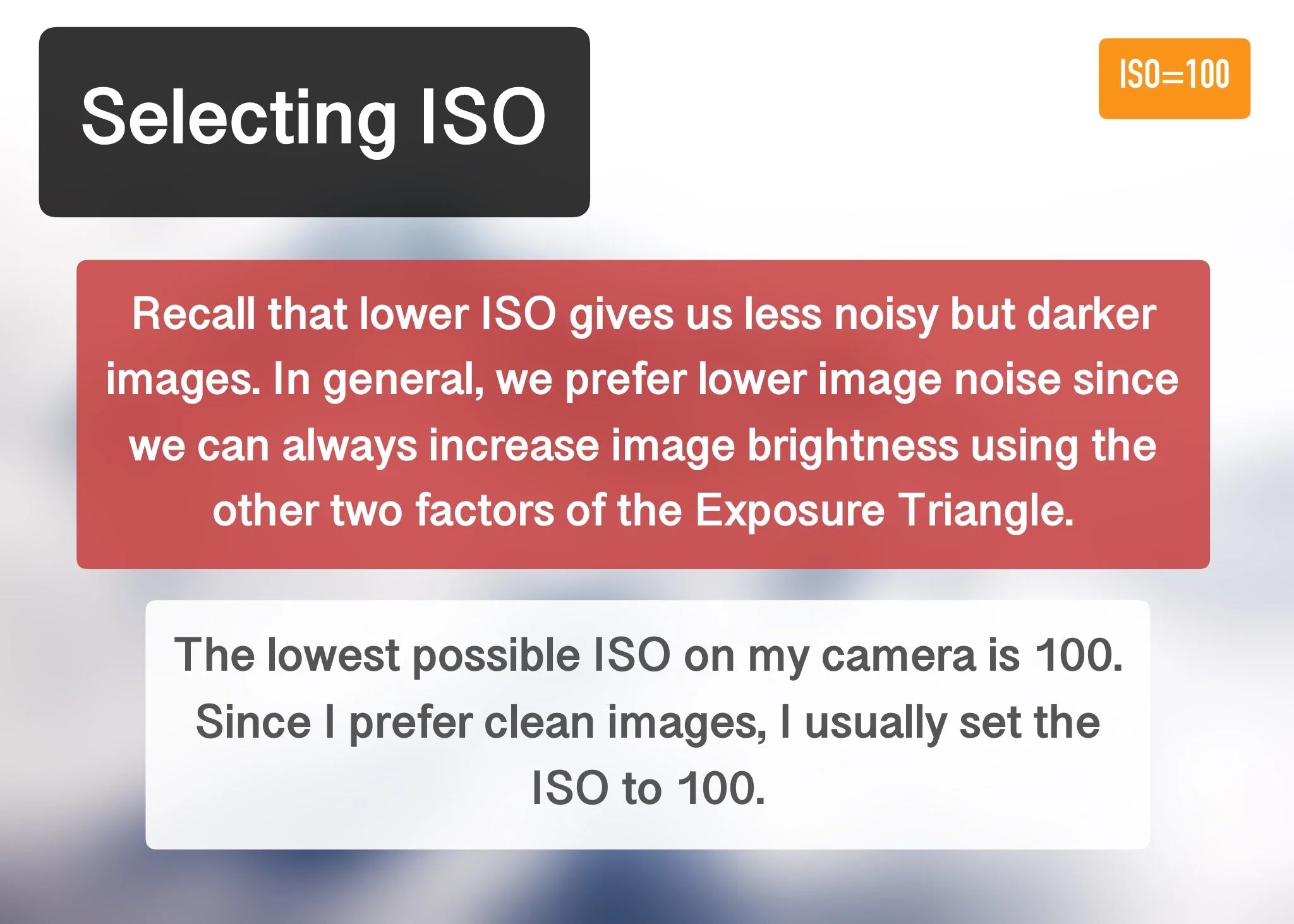
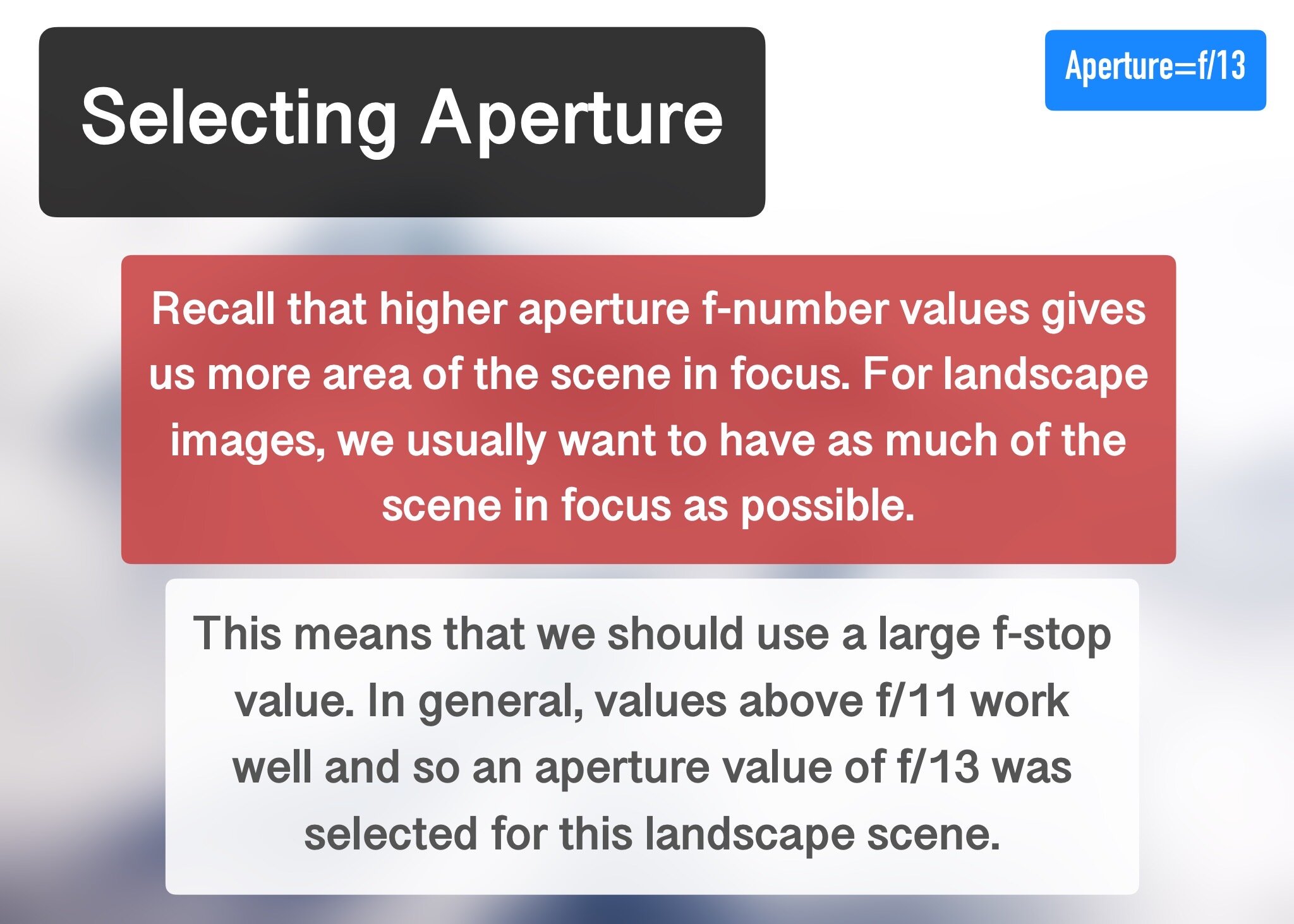
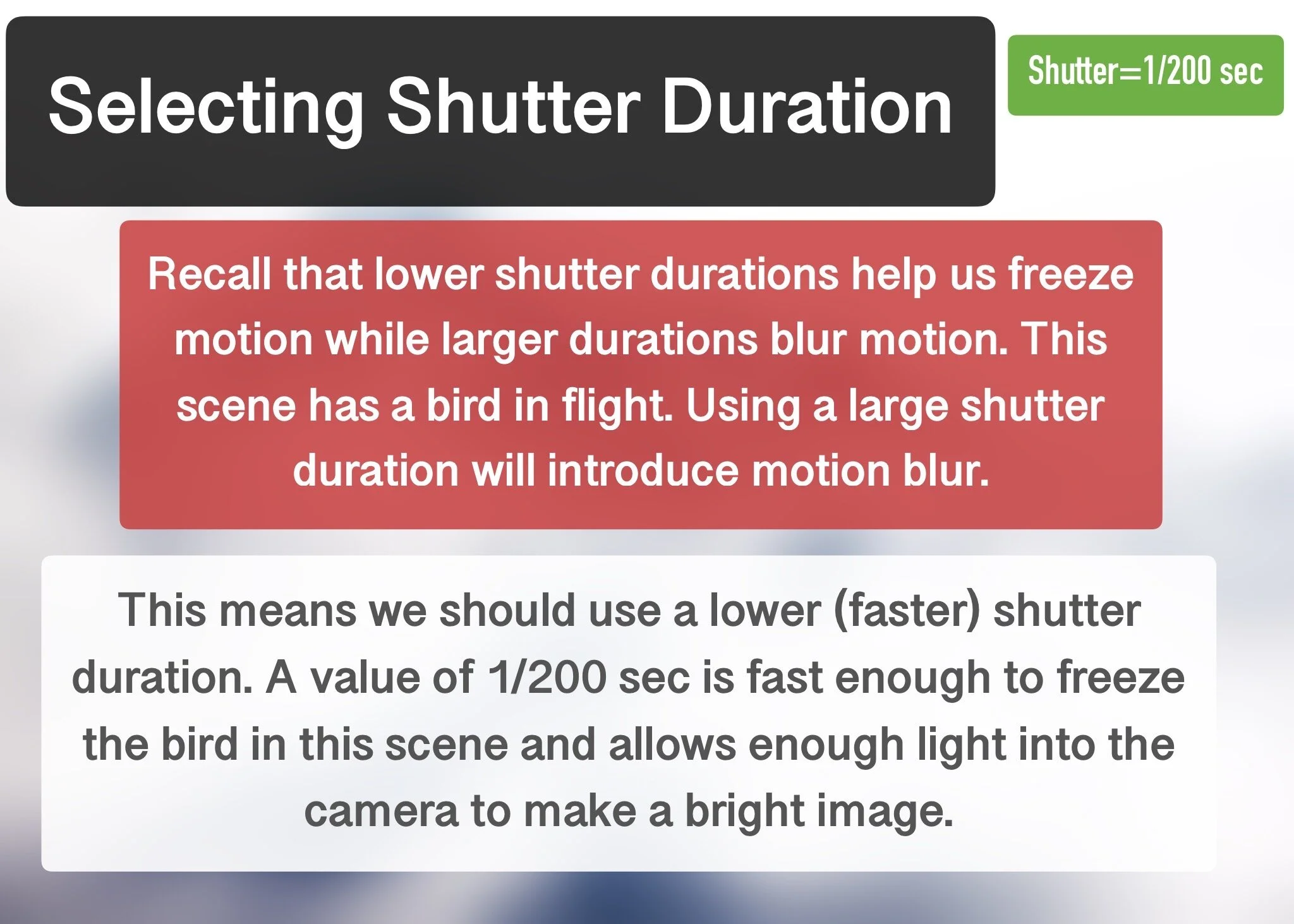
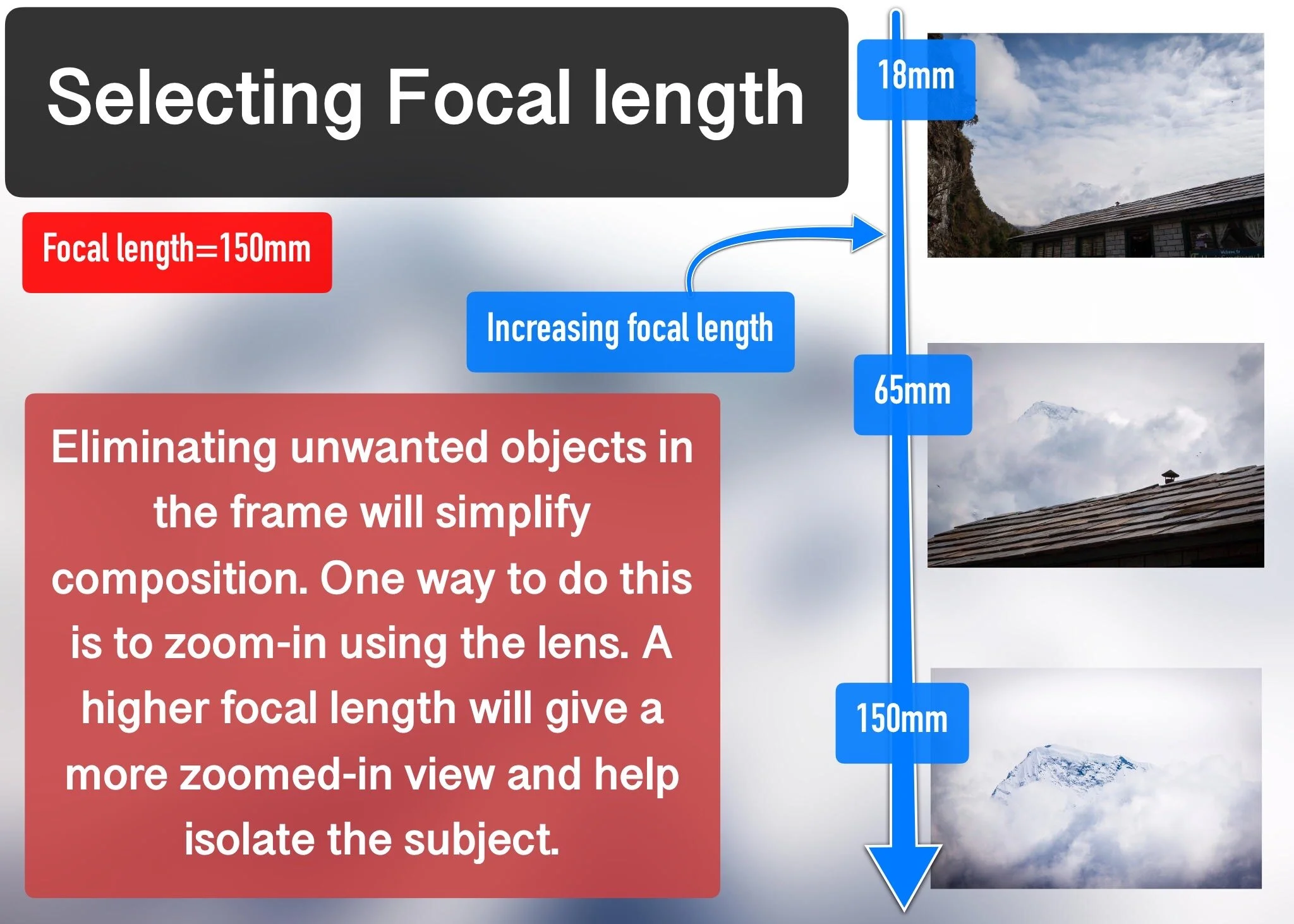
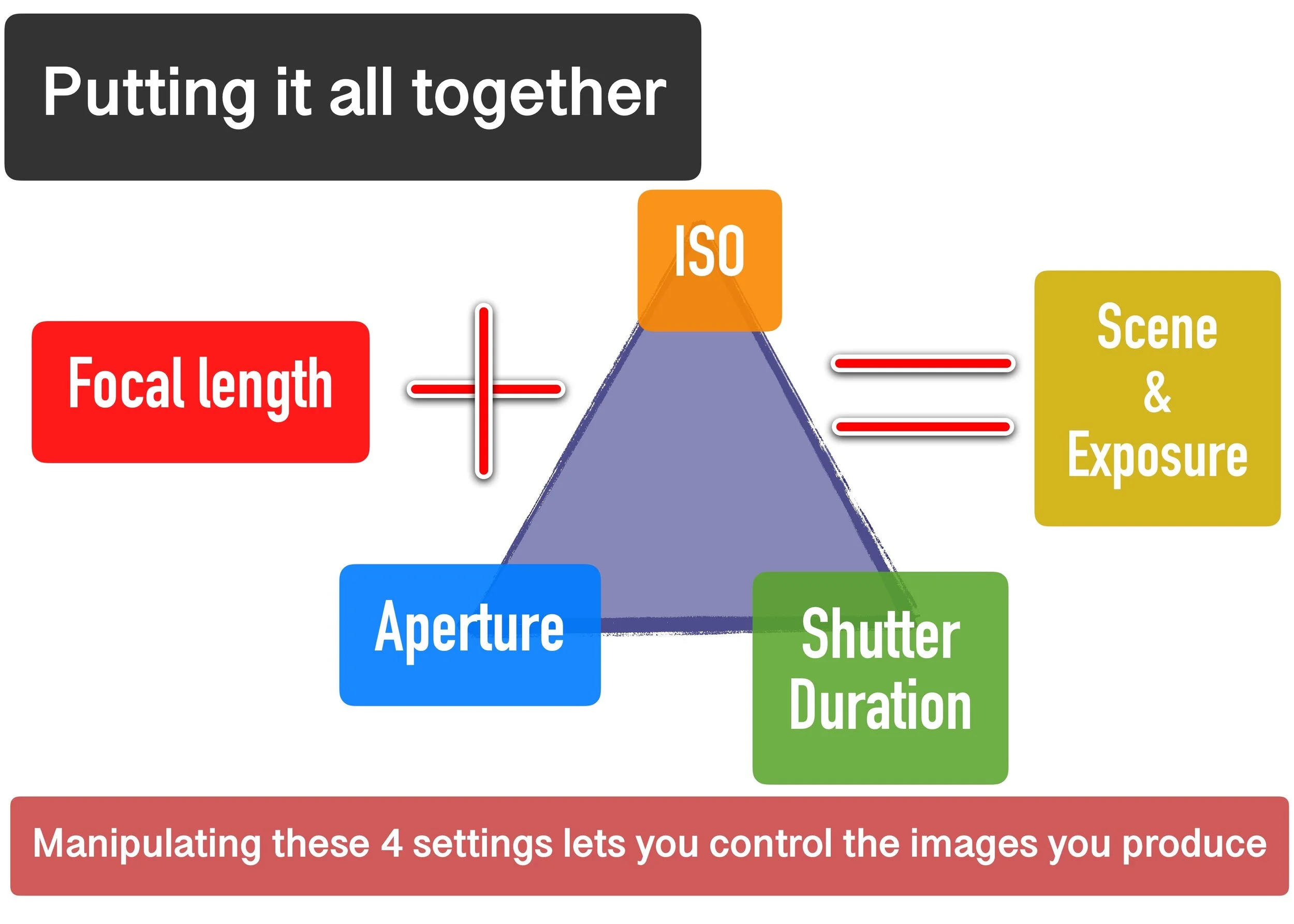
Trekking in the Himalayas is a unique experience. An experience characterised by days spent climbing several thousand feet, from alpine forests brimming with gushing waterfalls to barren stretches along high-altitude passes where only the majestic mountains keep you company. A handful of tiny villages dot the sparse trail offering homely food and rustic shelter to weary travellers. Tadapani village is one such settlement along the Ghorepani-Ghandruk trekking route and is nestled among the Himalayas at an altitude of close to 9000 feet. Standing in this little village, you see them anywhere you turn - the massive forms of the mountains in the Annapurna range, towering above the chilly landscape. It’s not often that the skies are clear, which means that the peaks themselves are usually hidden by clouds. But once in a while, the clouds part and you can catch a glimpse of sheer majesty.
Canon 500D and Tamron 18-200mm Di II VC lens at 150mm, 1/200 secs, f/13, ISO 100 .






































